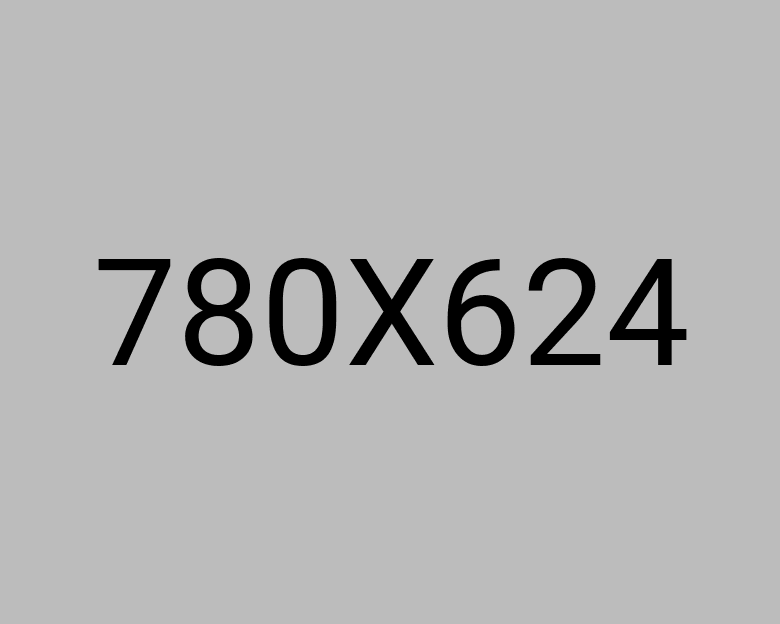How can people eat rice shown in software!

There’s a well-known Bengali proverb — “The Qazi's cow exists in the register, but not in reality.” A farcical incident akin to this took place in Rajshahi this past April. Although rice was allocated by TCB (Trading Corporation of Bangladesh), no rice was actually distributed. Yet, the software system shows that beneficiaries have received it. The burning question is — how can people consume rice that exists only in software?
According to a news report published on Saturday (May 17), TCB distributors stated that the software does not accept entries unless rice distribution data is input. Following the advice of the commercial wing of the District Commissioner’s office, they recorded rice distribution along with other goods — even though no rice was actually delivered. When asked about the issue, Rajshahi’s Additional Deputy Commissioner (General) Mirza Imam Uddin told the media on Monday afternoon, “The software is operated centrally. We cannot do anything locally”.
The approval letter for TCB’s April allocation shows that each beneficiary will receive 2 litres of edible oil, 10 kg of rice, and 2 kg of lentils. The price is set at Tk 30 per kg of rice, TK 60 per kg of lentils, Tk 70 per kg of sugar, and Tk 100 per litre of oil. This allocation was approved to keep the prices of daily essentials at a tolerable level. According to the decision of the Ministry of Commerce, the allocation must be given against TCB’s activated smart family cards. No allocation can be given without a card. Available information indicates there are also issues regarding the cards. According to TCB and local sources, the total number of TCB beneficiary cards in Rajshahi district was 199,140. Due to allegations that many leaders of the Awami League took cards at will, a decision was made to activate the cards after the change in government on August 5. Currently, the number of activated cards stands at 108,887. The April allocation was given against these cards. In Rajshahi city, there are 81 distributors and 142 in the district. However, despite approval from TCB, rice was not given to distributors along with the other goods allocated in April. Although it is stated that 10 kg of rice per person was given, in reality, no one received any rice.
The question is, how will people consume rice that is shown only in the software? Another question is, what kind of software requires entries without actual implementation? Secondly, for those who did not receive rice, how will they get it later? The third question is, if such a thing has happened once with a product, similar incidents may occur again in the future. If such incidents are not revealed, it will create opportunities for theft. In many cases in Bangladesh, it has been seen that although records exist on paper, in reality, the beneficiaries did not receive the benefits; instead, dishonest individuals took advantage and became wealthy. This has long become a cultural malpractice in Bangladesh. With the introduction of digital systems, it was hoped that such discrepancies would decrease; but it is evident now that even using software, deceptive activities are still being carried out.
Those who operate the software centrally should be identified. Accountability should be demanded from them. If their negligence is proven to be a crime, they must be brought to justice. Whatever explanation they give now, they must admit that this is a serious offense. If such incidents are not properly investigated and brought to justice, they will continue to occur in the future



Leave A Comment
You need login first to leave a comment